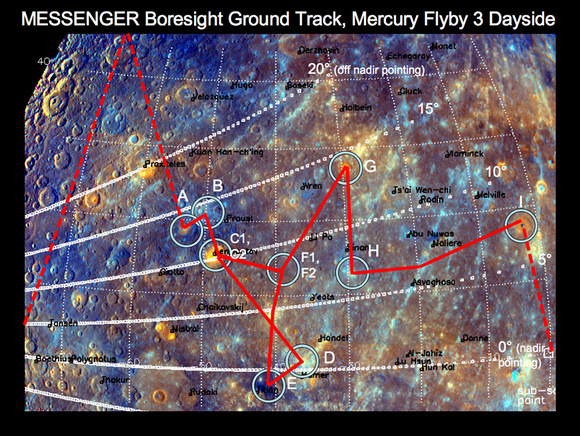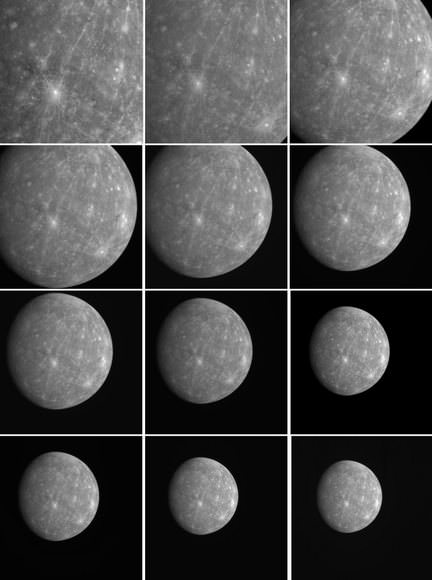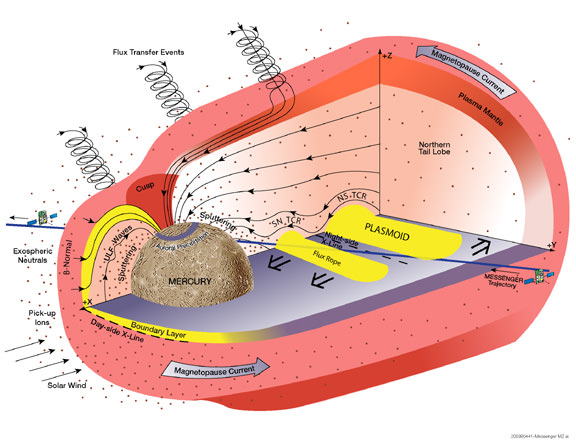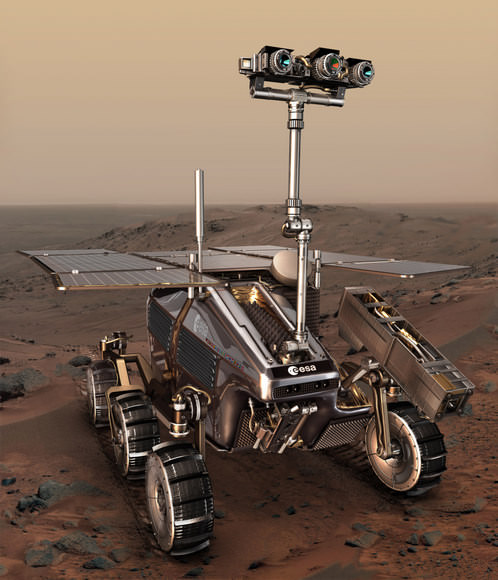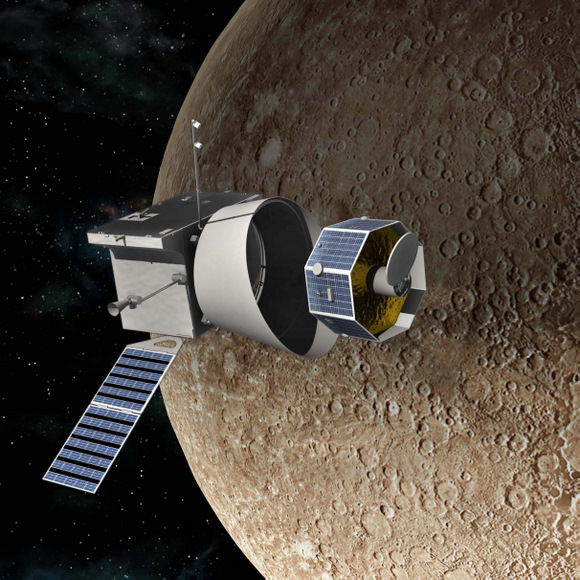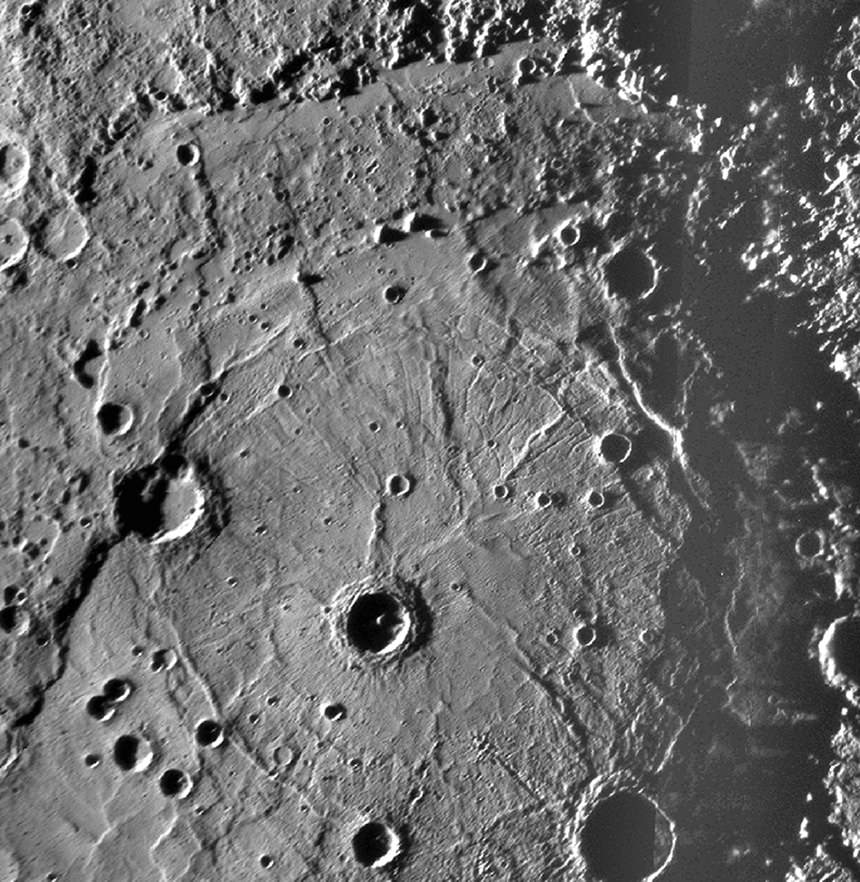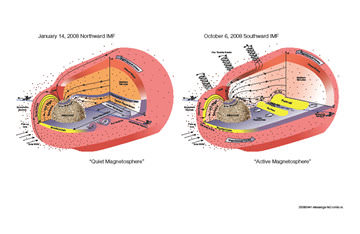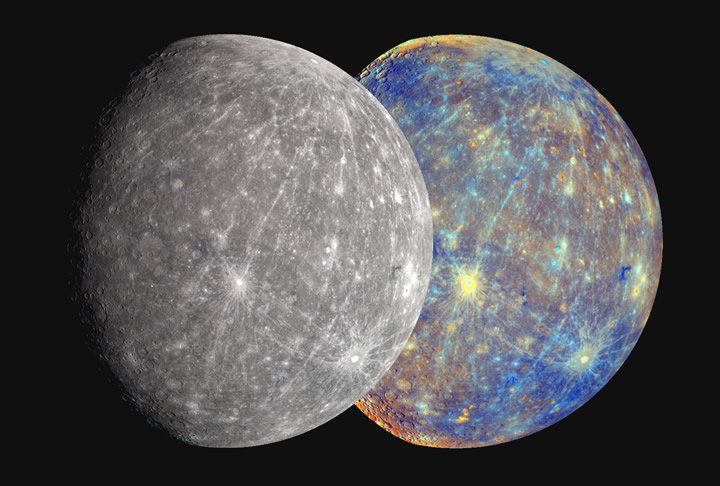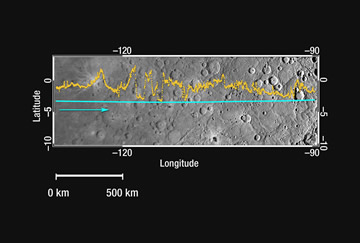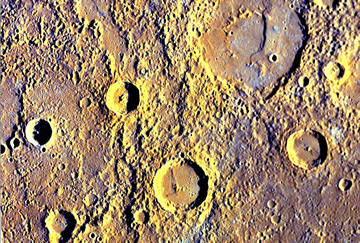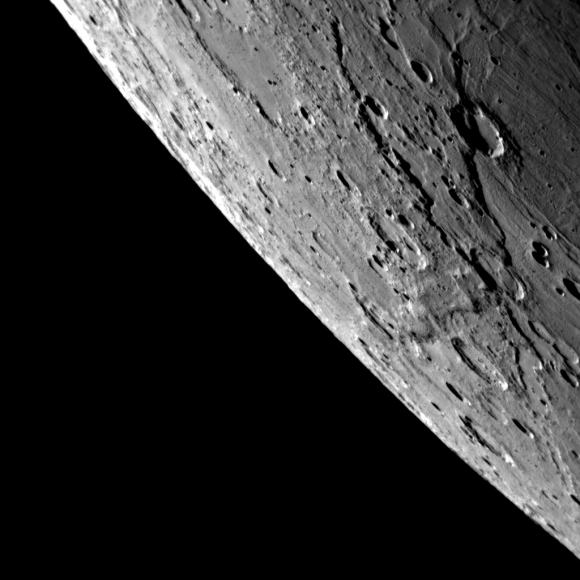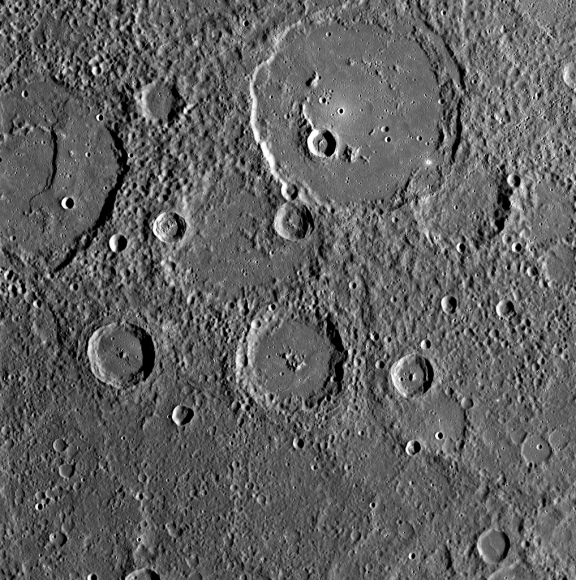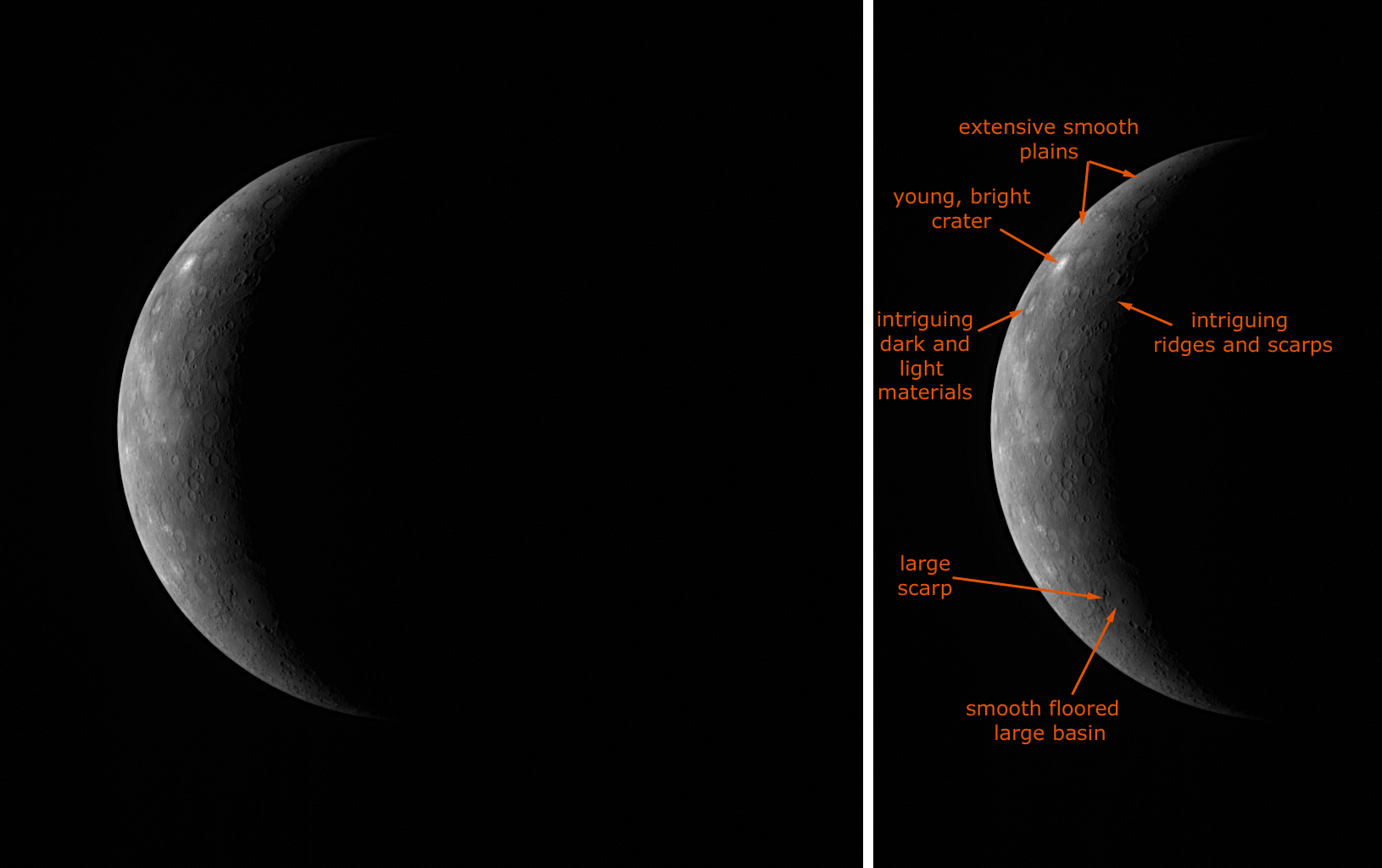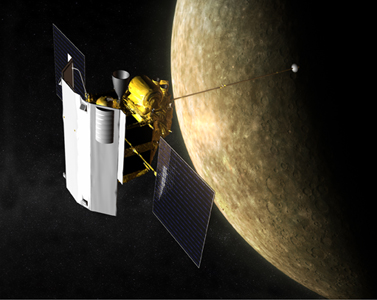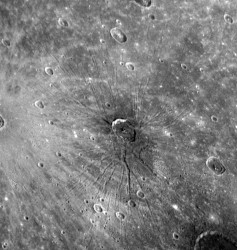[/caption]
Next week, on September 29, 2009 the MESSENGER spacecraft will fly by Mercury for the third and final time, looking at areas not seen before in the two previous passes. The spacecraft will pass 141.7 miles above the planet’s rocky surface, receiving an a final gravity assist that will enable it to enter orbit about Mercury in 2011. With more than 90 percent of the planet’s surface already imaged, the team will turn its instruments during this flyby to specific features to uncover more information about the planet closest to the Sun.
Determining the composition of Mercury’s surface is a major goal of the orbital phase of the mission.
“This flyby will be our last close look at the equatorial regions of Mercury, and it is our final planetary gravity assist, so it is important for the entire encounter to be executed as planned,” said Sean Solomon, principal investigator at the Carnegie Institution in Washington. “As enticing as these flybys have been for discovering some of Mercury’s secrets, they are the hors d’oeuvres to the mission’s main course — observing Mercury from orbit for an entire year.”
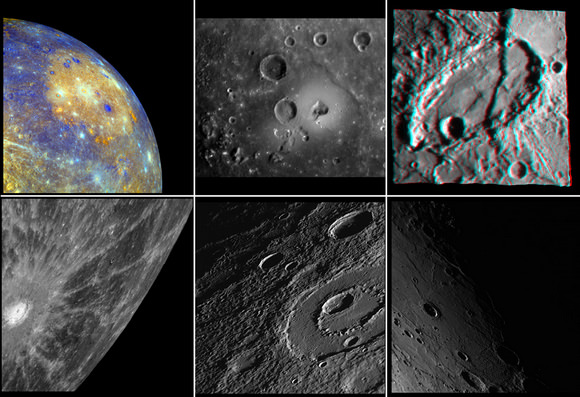
As the spacecraft approaches Mercury, cameras will photograph previously unseen terrain. As the spacecraft departs, it will take high-resolution images of the southern hemisphere. Scientists expect the spacecraft’s imaging system to take more than 1,500 pictures. Those images will be used to create a mosaic to complement the high resolution, northern-hemisphere mosaic obtained during the second Mercury flyby. The first flyby took the spacecraft over the eastern hemisphere in January 2008, and the second flyby took it over western side in October 2008.
“We are going to collect high resolution, color images of scientifically interesting targets that we identified from the second flyby,” said Ralph McNutt, a project scientist at APL. “The spectrometer also will make measurements of those targets at the same time.”
The spacecraft may observe how the planet interacts with conditions in interplanetary space as a result of activity on the sun. During this encounter, high spectral- and high spatial-resolution measurements will be taken again of Mercury’s tenuous atmosphere and tail.
“Scans of the planet’s comet-like tail will provide important clues regarding the processes that maintain the atmosphere and tail,” said Noam Izenberg, the instrument’s scientist at the Johns Hopkins University Applied Physics Laboratory, or APL, in Laurel, Maryland. “The Mercury Atmospheric and Surface Composition Spectrometer will give us a snapshot of how the distribution of sodium and calcium vary with solar and planetary conditions. In addition, we will target the north and south polar regions for detailed observations and look for several new atmospheric constituents.”
For a detailed look at the MESSENGER flyby, see the MESSENGER website; additionally, Emily Lakdawalla at the Planetary Society has posted a detailed overview here.

